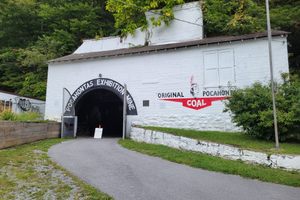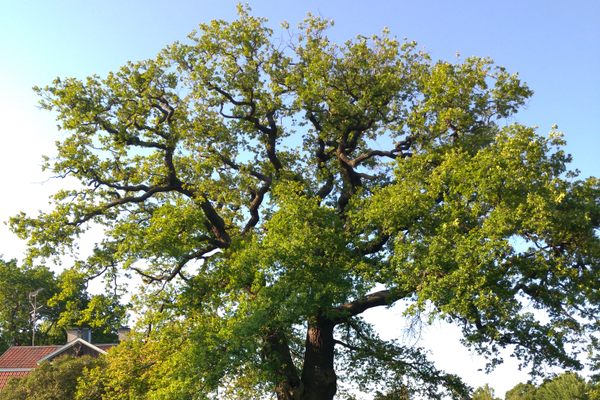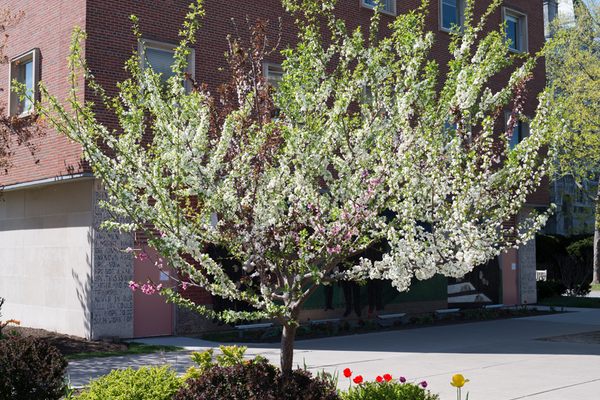About
The State Arboretum of Virginia at the University of Virginia's Blandy Experimental Farm in Boyce is home to one of North America's largest groves of Ginkgo (Ginkgo biloba) trees. The planting includes approximately 300 mature trees. Although beautiful at all times of the year, the grove is especially stunning in the autumn. Beginning in late October, the trees put on a spectacular display as their fan-shaped leaves turn from bright green to brilliant yellow. As the leaves fall, they carpet the grove in drifts of yellow and gold.
The genesis of the Ginkgo Grove Garden was an experiment by Dr. Orlando E. White, Blandy's first director. Because Ginkgo trees are dioecious, (either male or female), White hypothesized that a random planting of Gingko seeds would result in a 1:1 ratio of male to female trees. Accordingly, in 1929, White and his students planted 600 Ginkgo seeds in the 3.3-acre area that became the grove. Three hundred-one of the seeds grew into mature trees.
Unfortunately, White did not live long enough to see the results of his experiment because Ginkgoes take at least 20 years to reach sexual maturity. A final census of the remaining trees in the 1980s revealed that 157 were female and 144 were male—an almost perfect 1:1 sex ratio.
Ginkgoes are considered living fossils. Their closest relatives date back to the Jurassic period, with fossilized leaves over 270 million years old. Their resilience and longevity have made them popular for urban planting, where they can survive the rigors of city life for hundreds of years. Ginkgo trees were the only living things that survived the direct atomic blast at Hiroshima.
But the Gingkoes' beauty and longevity come with an olfactive price. When the female Ginkgo trees shed their leaves and fruitlike seed cones, the seeds decay and emit a foul odor, often compared to dog vomit, poop, and unwashed socks. Some scientists believe the smell evolved to attract dinosaurs to eat the fruit and spread the seeds. Even now, the scent does not deter those desiring the perfect autumn selfie in Ginkgo Grove.
Related Tags
Know Before You Go
Blandy is open to the public every day from dawn to dusk.
The best time for viewing the autumn foliage is from late October to early November. Weekends tend to be the busiest times.
Community Contributors
Added By
Published
July 18, 2023




























